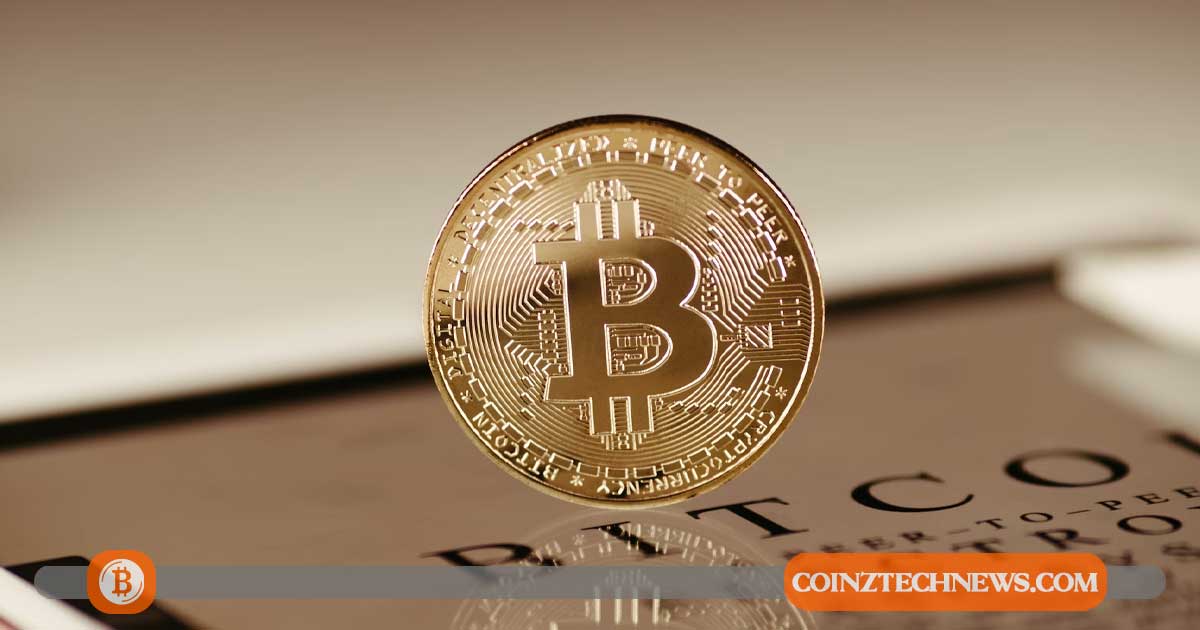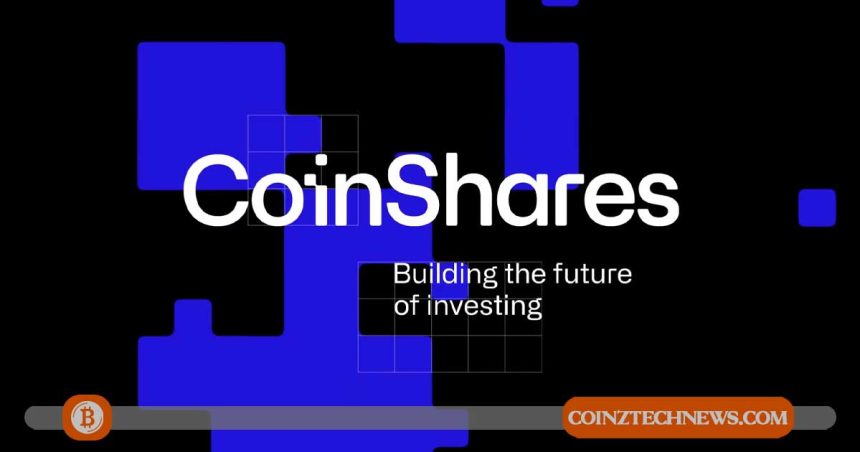Both the terms ‘metaverse’ and ‘Web3’ are very present in the different debates of engineers, computer scientists, and technology developers. It even provokes reflections among sociologists and psychologists. Why so much interest? Both in one case and in the other because they are digital projects, currently in development and based on blockchain technology, which are destined to radically modify our way of understanding the Internet and the way we interact on it. Even “living digitally” in the future.
Although Web3 and the metaverse are often associated and confused — because they have the same technological base, the blockchain — and also share some components and philosophies, they are different digital realities. They complement and need each other but in different spaces.
Characteristics of the metaverse and Web3
The metaverse is a set of virtual reality digital spaces interconnected with each other. These can be replicas of places, objects, experiences, or people that exist identically in the real world or can be created expressly for the metaverse. Users of the different metaverses – through their personalized avatars and thanks to devices to immerse themselves in virtual reality, such as VR glasses – will be able to interact with others, enjoy leisure, study, and train, interact, exchange goods and currencies, and even develop a job occupation.
Web3 is the result of combining programming languages, practices, structures, sites, and applications, with the aim of promoting the evolution from Web2 – which is the Internet that we all currently use. Web1 corresponds to the early years of the Internet and was a set of read-only websites and blogs. Web2 allows the user to read, write, and interact with their peers. Web3 will allow reading and writing and will also add the concept of trust and security. Thanks to blockchain and decentralization, Web3 will be similar to Web1 in terms of independence, freedom, transparency, and democracy. That’s why it is also known as the “Internet of Value.”
What elements do the metaverse and Web3 share?
Both projects have points in common, especially those related to user experience and, mainly, freedom and transparency. Currently, many companies and users depend on the infrastructure and policies of large technological giants, making them more vulnerable to potential network “collapses”, unethical privacy practices, or sudden changes in their policies and ways of acting. The main advantages of the metaverse and Web3 shared by both contexts are:
- Blockchain: A decentralized technology that makes dependence on a single element of the blockchain impossible and is also completely transparent and secure.
- Distributed network and small actors: It is not so much about knowing which is the best metaverse or which technological actor is closest to Web3. It is about involving many protagonists, that they all have the same specific weight, and that it is thus more difficult to compromise the freedom and security of users, tied to the same monolithic structure.
- Trust, transparency, and security: Thanks to the blockchain, interactions in the metaverse and on Web3 can be more secure, and transparent and can add value through reliability. With fewer giant technological “catalysts”—or rather, with the addition of more small catalysts—it will be easier to keep personal and financial information secure and have concepts such as trust, ethics, and respect for Big Data as a banner and added value.












